The Japanese Maple
Common Name: Japanese Maple
Scientific Name: Acer Palmatum
Height: 5 - 8 m
Span: 5 - 7 m
Growth Rate: Slow
Sun Tolerance: Partial Sun
Acer Palmatum is well known for their attractive maple leaves in the world. The tree is not a native of North America but stills flourish in United State’s different climates. Acer Palmatum is extensively used in Bonsai. Acer Palmatum are so much versatile that they can fit into any park, garden and roadside. They are very slow growers and flourish in moist soil. The leaves of the tree are star-shaped. The color of the leaves is bright yellow, orange and red. The famous and striking Canadian Maple Leaf gold and silver bullions feature Acer Palmatum’s leaf.
Full Grown Japanese Maple
Bark of Japanese Maple
Japanese Maple during Winter Season
Beautiful leaves of Japanese Maple
Leaves of Japanese Maple
Japanese Maple Bonsai Tree
Japanese Maple Bonsai Tree
Different Types of Leaves of Japanese Maple
Fruits of Japanese Maple
Japanese Maple Leaves
Video on
Japanese Maple :- For most dissected, linearilobum, and dwarf varieties select a site that is in partial shade (afternoon shade at a minimum especially in hotter climates).
- Soil should be well drained - Choose a location that is sheltered from drying winter winds - Japanese Maples are shallow rooted so try to avoid planting near established shallow rooted trees (beech, large maples, etc.)use mulch to prevent weeds and do not cultivate the surrounding soil.
- In humid climates and climates with very damp spring weather it is important to make sure of adequate air circulation to prevent fungal diseases.
Planting:
Dig a hole 2-3 times as wide as the root ball or container that the maple is growing in (wider is better), dig the hole no deeper than the root ball or container. In heavy, poor draining soils the hole should be just deep enough that the top of the root ball is 1-2" above the surrounding grade.
Mix 50% (by volume) organic matter into the native soil, suitable organic matter include compost, leaf mold, soil conditioners made from pine bark, or peat moss. Do not add fertilizer at this time (although a transplant solution with Vitamin B1 may be beneficial)
Place the tree in the hole and backfill halfway, thoroughly soak the root ball and backfilled soil then continue to backfill. Once completely backfilled water again.
Continue watering deeply at least once a week unless there has been adequate (1-2") rain until the ground freezes, the following year gradually wean the tree off of supplemental watering except for during the hottest part of summer or extended droughts.
Form a small berm just outside the drip line of the tree to help the tree get enough water for the first two years as it gets established.
Mulch with 2-3" of hardwood, pine bark, or pine needles. Keep the mulch off of the trunk.
After the second year, eliminate the watering berm.
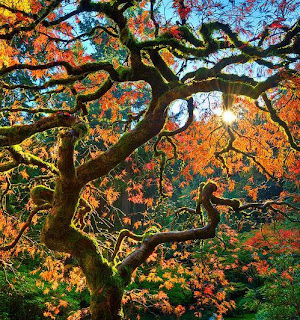



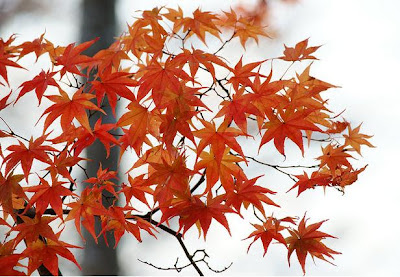
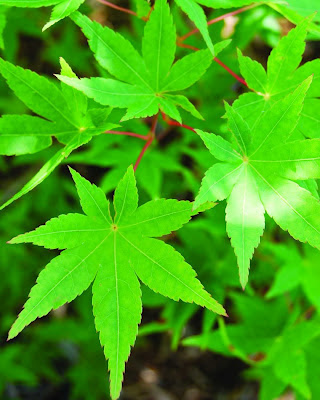
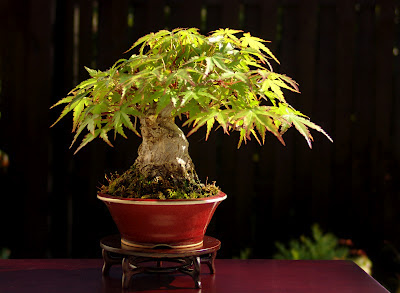


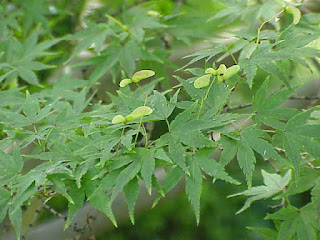
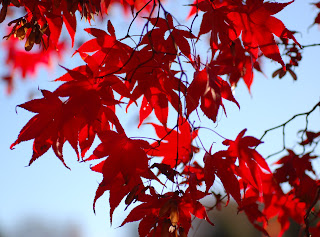
No comments:
Post a Comment